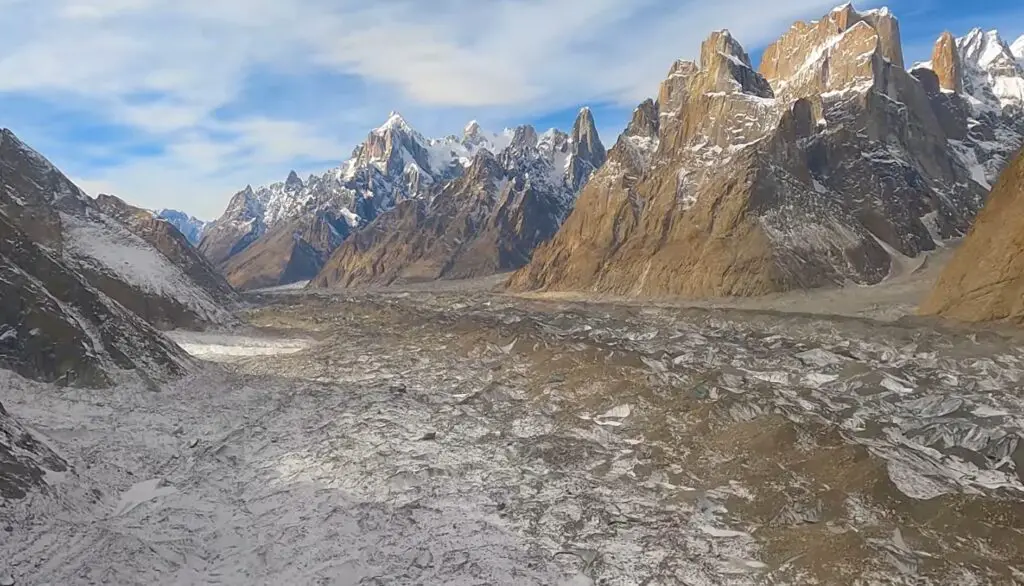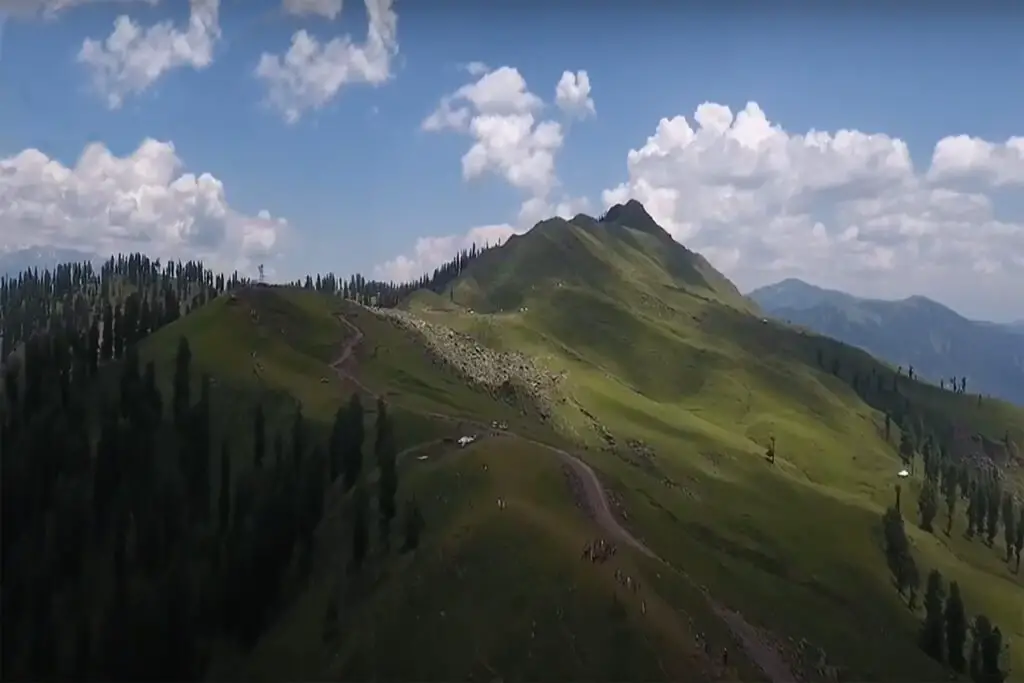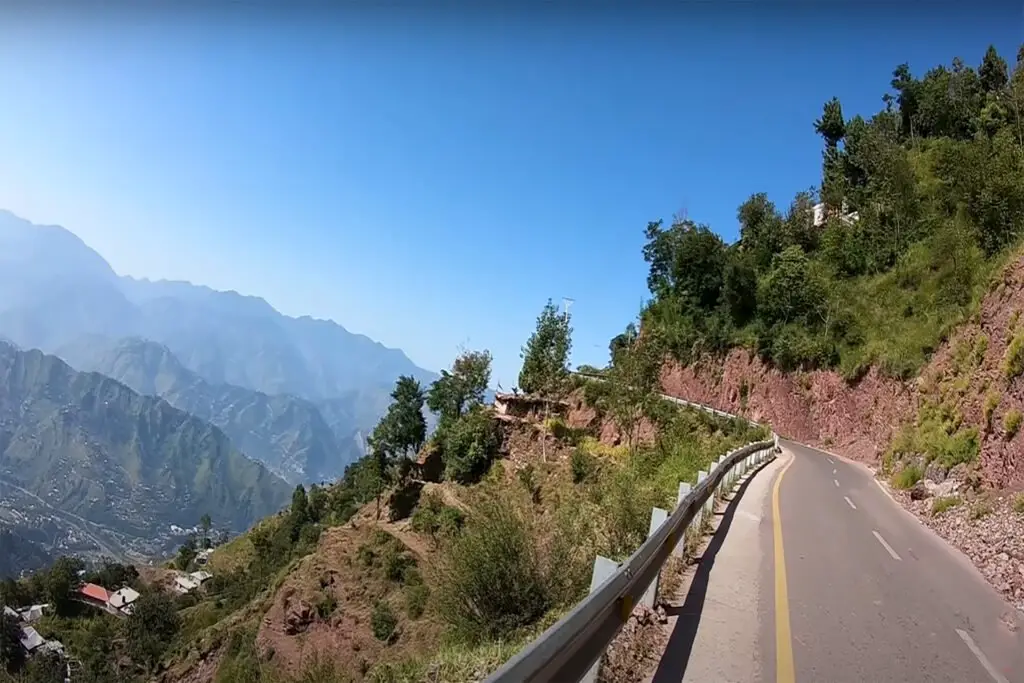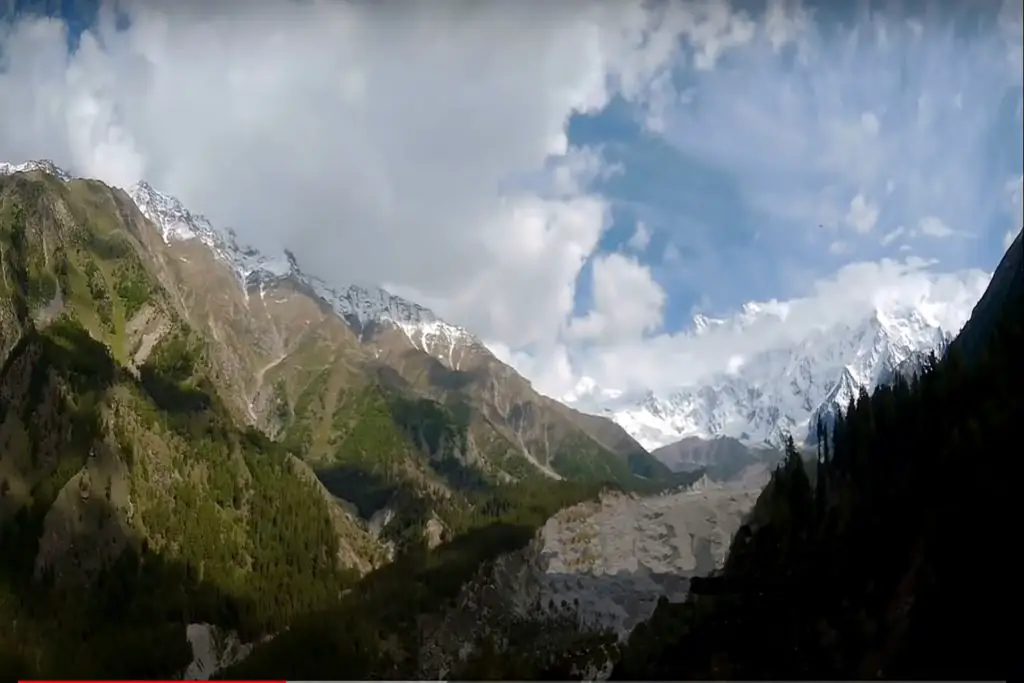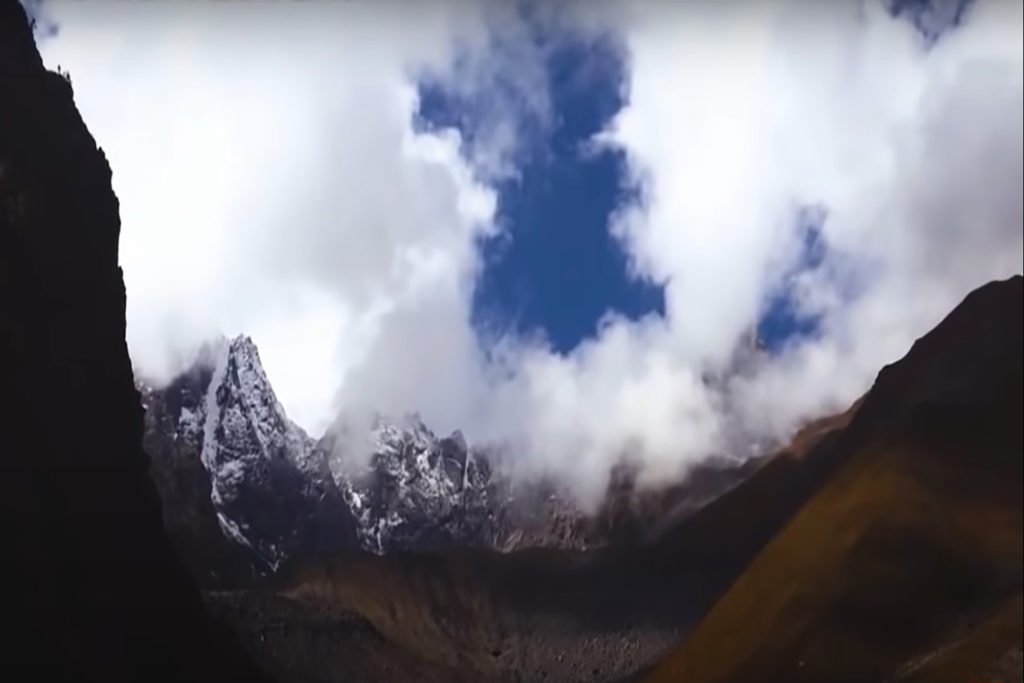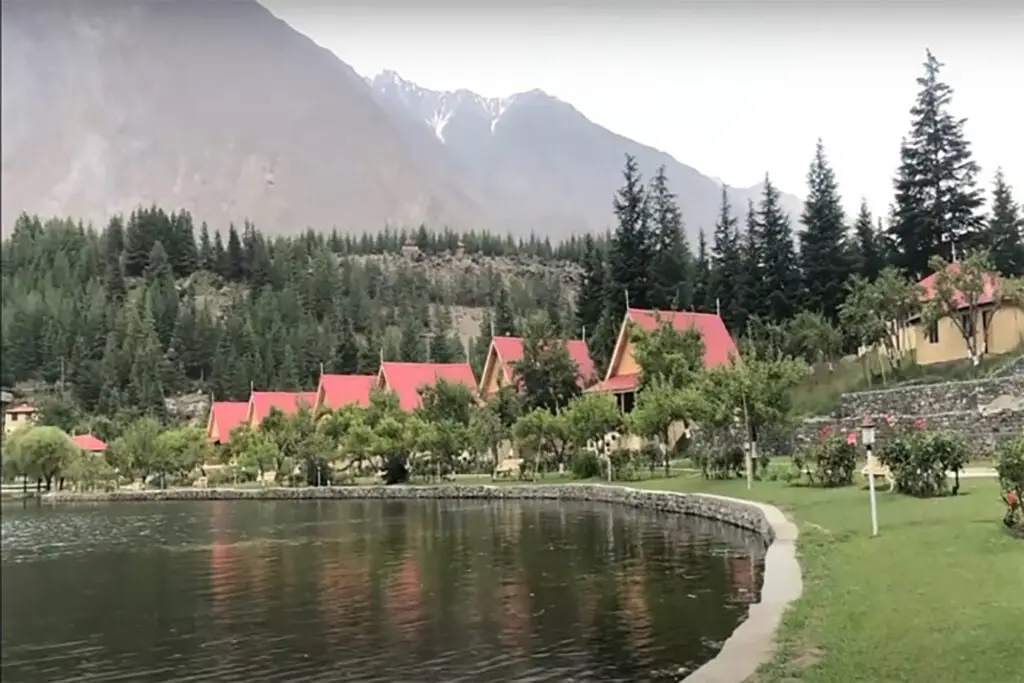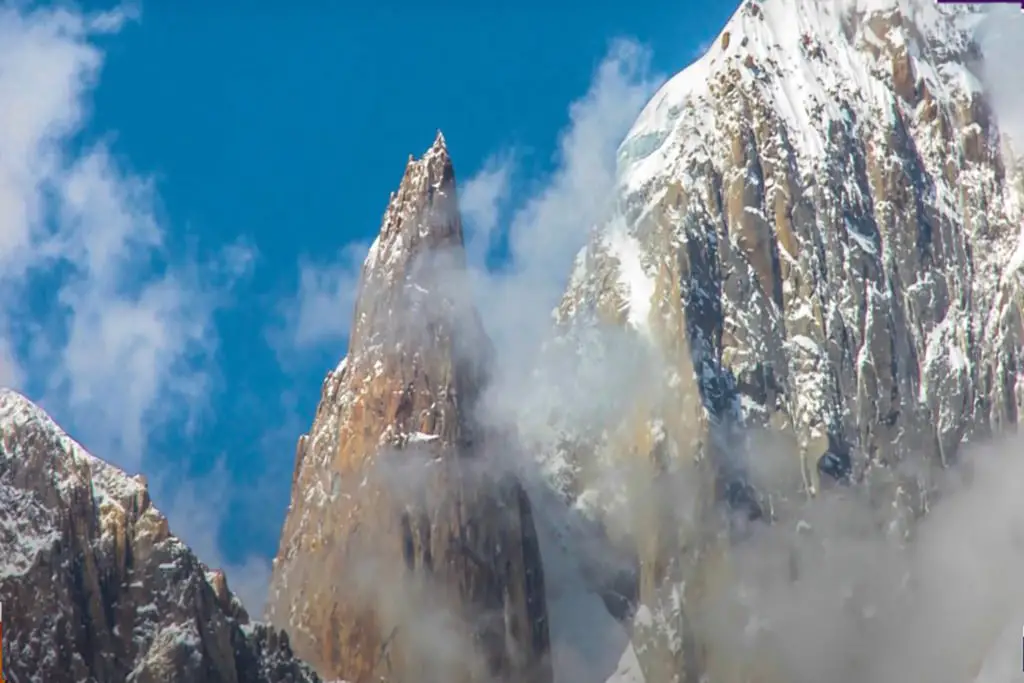The Himalayas have been a source of fascination for travelers, mountaineers, and adventurers for centuries. The region is renowned for its natural beauty, rich cultural heritage, and diverse ecosystems. The Himalayas are home to many indigenous communities, who have lived in the region for thousands of years and have developed unique traditions and practices that are deeply connected to the natural world.
Location of Himalayas
The Himalayas are a magnificent mountain range located in South Asia, spanning over 2,400 kilometers (1,500 miles) across six countries: India, Nepal, Bhutan, Tibet, Pakistan, and Afghanistan. They are the highest mountain range in the world, with over 100 peaks that rise above 7,200 meters (23,600 feet) in elevation, including Mount Everest, the highest peak on Earth, standing at 8,848 meters (29,029 feet) tall.
The Himalayas are also home to a wide range of flora and fauna, with many endemic species that are found nowhere else in the world. The region is home to several national parks and wildlife reserves, including the Sagarmatha National Park in Nepal, which is home to the world’s highest national park and is a UNESCO World Heritage Site.
The Himalayas are not just a place of natural beauty and cultural heritage, but they are also a place of spiritual significance. The region is home to many sacred sites, including Mount Kailash in Tibet, which is revered by Hindus, Buddhists, Jains, and Bonpos, and is believed to be the abode of their Lord Shiva. The region is also home to many monasteries and temples, where visitors can learn about the rich spiritual and cultural traditions of the area.
This mountain range is a popular destination for adventure enthusiasts from all over the world, who come to explore the region’s natural beauty and engage in a wide range of adventure activities. Trekking, mountaineering, skiing, paragliding, and rafting are just some of the adventure activities that visitors can engage in while in the Himalayas.
Geography
The Himalayas consist of parallel mountain ranges: the Sivalik Hills in the south; the lower Himalayas; The Great Mountain Range, which is the highest and central mountain range; and the Tibetan range in the north. The Karakoram is generally considered separate from the Himalayan range.
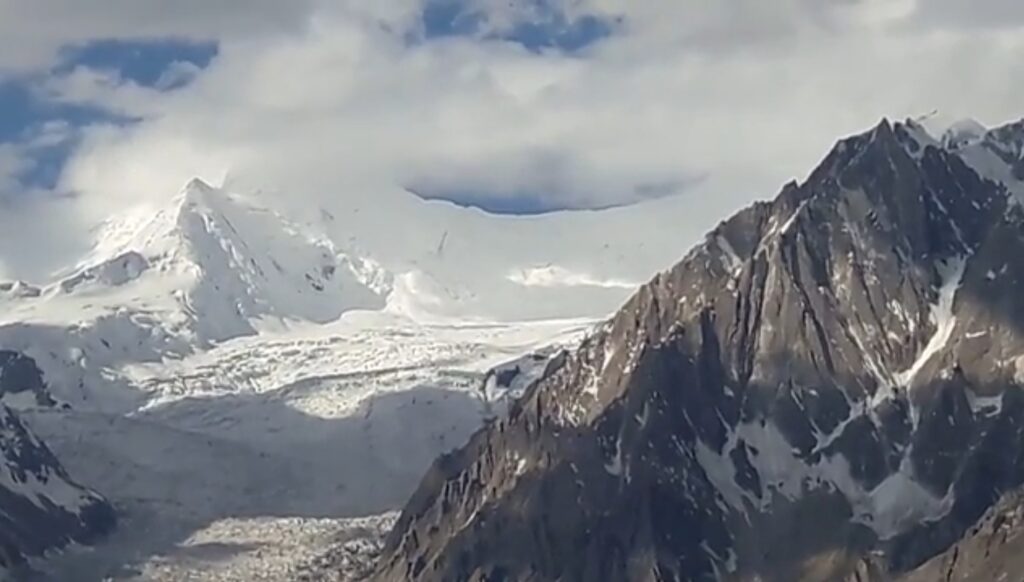
Geology
The Himalayan mountain range is one of the youngest mountain ranges on the planet and consists mainly of uplifted sedimentary and metamorphic rocks. According to the modern theory of plate tectonics, its formation is the result of a continental collision or orogeny along the convergent boundary (Main Himalayan Thrust) between the Indo-Australian and Eurasian plates.
This collision also gave rise to the Arakan Yoma Highlands in Myanmar and the Andaman and Nicobar Islands in the Bay of Bengal.
Hydrology
Despite its extent, they do not form a major watershed and several rivers cross the range, especially in the eastern part of the range. As a result, the main ridge of the Himalayas is not clearly defined and the mountain passes are not as significant for crossing the range as they are for other mountain ranges. The rivers of the Himalayas flow into two major river systems:
Glaciers in the Himalayas
The great mountain ranges of Central Asia, including the Himalayas, contain the third largest deposit of ice and snow in the world, after Antarctica and the Arctic. Some even refer to this area as the “Third Pole.”
The Himalayan Mountains contain about 15,000 glaciers, which contain about 12,000 km3 (2,900 cu mi), or 3,600–4,400 Gt (1,012 kg) of fresh water. Its glaciers include Gangotri and Yamunotri (Uttarakhand) and Khumbu (Mount Everest region), Langtang (Langtang region), and Zemu (Sikkim) glaciers.
Climate in the Himalayas
Physical factors determining the climate at any location in the Himalayas include latitude, altitude, and the relative movement of the southwest monsoon. From north to south, the mountains cover more than eight degrees of latitude and include temperate to subtropical zones. The physical configuration of the Himalayas prevents the cooler air of Central Asia from blowing into South Asia.
This causes the tropical zone to extend further north in South Asia than anywhere else in the world. The evidence is unmistakable in the Brahmaputra valley, where warm air from the Bay of Bengal binds and rushes past Namcha Barwa, the eastern anchor of the Himalayas, into southeastern Tibet. Temperatures in the Himalayas cool by 2.0 degrees C (3.6 degrees F) for every 300 meters (980 ft) increase in elevation.
In conclusion, the Himalayas are a magnificent mountain range that offers a unique blend of natural beauty, rich cultural heritage, and spiritual significance. The region is a popular destination for travelers, mountaineers, and adventurers, and it has something to offer for everyone. Whether you are looking for a spiritual journey, an adventure of a lifetime, or just a peaceful escape from the hustle and bustle of everyday life, the Himalayas are a place that you should visit at least once in your lifetime.

